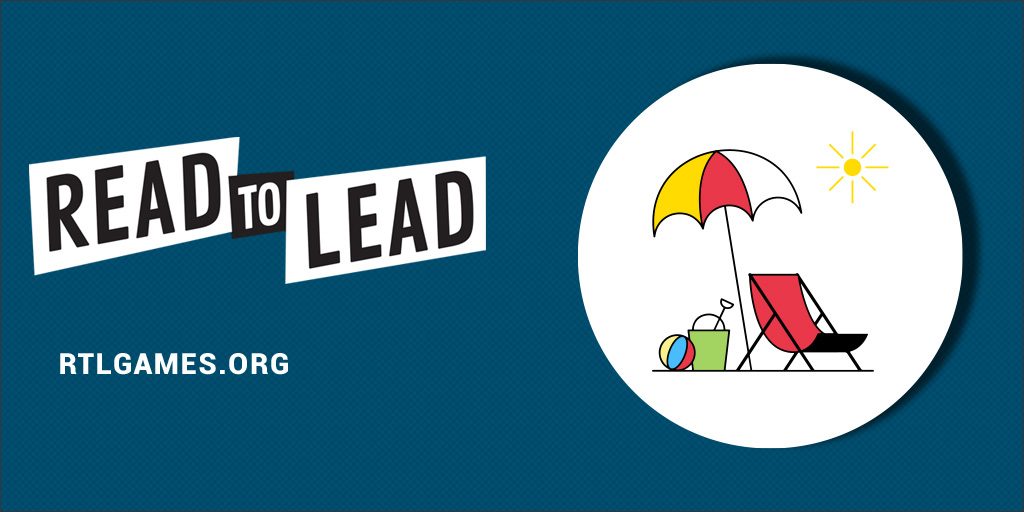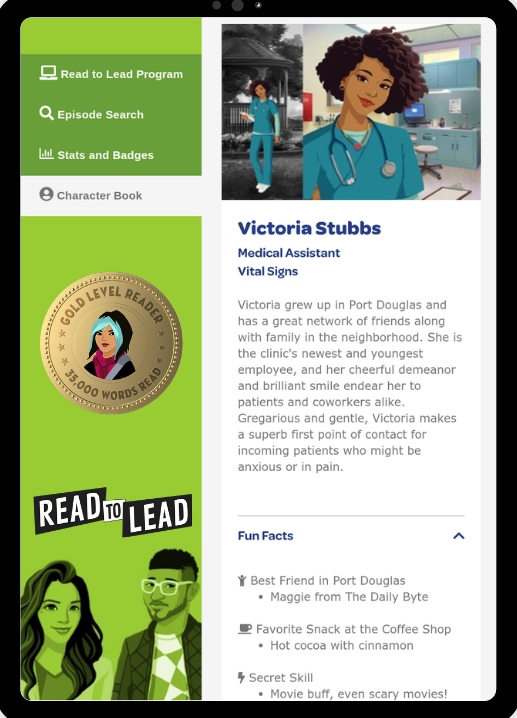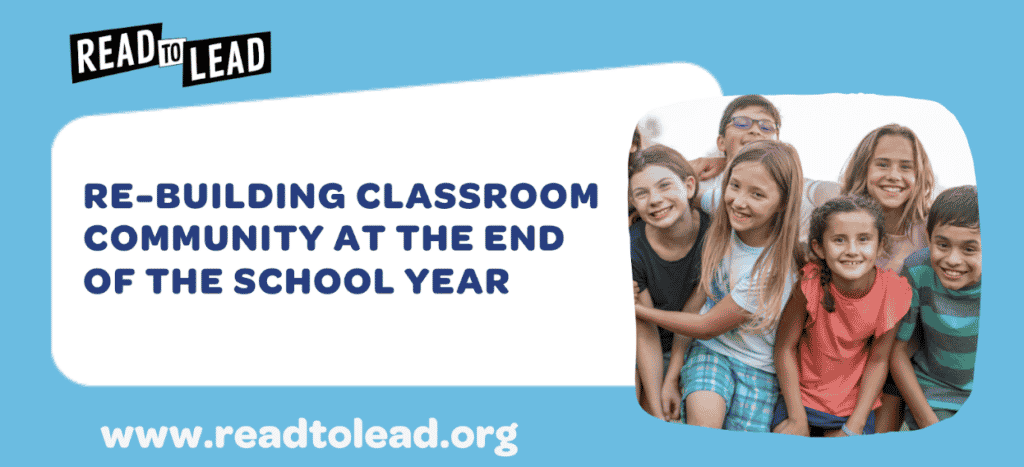
Spring is just around the corner and both educators and students are looking forward to a much-needed break to rest, recharge and refresh themselves to tackle the last stretch of the academic year. Yet, even as we teachers eagerly anticipate a break from the classroom, we worry about “brain drain”, and “spring break slip” in our students.
What is Spring Break Slip?
Spring break slip. Brain drain. Summer slide. Regression. These are just a few commonly used terms to describe the phenomenon of students’ learning loss during school breaks. Time off from school and regular lessons during winter and spring break and summer vacation is a welcome respite for students, but unfortunately, it has some negative side-effects as well.
It is a well-documented trend that students experience a negative impact on their learning after returning from vacation time. Research shows that most students lose 2 to 3 months of math computational abilities and reading skills over the course of the summer vacation, and this impact is felt even after shorter breaks in winter and spring. These losses are even more acutely felt amongst students of lower-income families who may not have access to as many resources at home as students from higher-income families.
Educators, school administrators and other prominent voices in education have shared their hopes for a more year-round instructional model to reduce long breaks from school, with increased opportunities for students to participate in recreational and enrichment activities. Yet, a significant change to the school system that America has used for decades is not likely to happen anytime soon.
As educators, we are tasked with finding ways to address brain drain and spring break slip for the foreseeable future. So what can we do to prevent and reduce the negative impacts of this phenomenon in our classrooms?
Vacation Academies
Rather than hindering students’ learning, breaks from regular school instruction may be a godsend for struggling students – if this time away from school is used to provide them with extra instruction. Recent research done in school districts in Massachusetts reveals that intensive small group tutoring can have significant benefits in helping students who may need a little extra coaching.
Conducting “vacation academies” means that winter and spring break could become an important period for students to play catch up on material they may have difficulty with and improve their test scores. Particularly for students who are on the verge of attaining proficiency standards, these “vacation academies” can be instrumental in helping them achieve better test scores.
Technology and Digital Tools
 Not all schools have the funding to provide intensive academic help to struggling students during school breaks, nor can all parents afford to send their children for tutoring. However, technology is almost ubiquitous and offers a low-cost strategy to help educators minimize spring break slip in their classroom.
Not all schools have the funding to provide intensive academic help to struggling students during school breaks, nor can all parents afford to send their children for tutoring. However, technology is almost ubiquitous and offers a low-cost strategy to help educators minimize spring break slip in their classroom.
A multitude of educational apps, games, and computer programs are available at the touch of a button, all for a fraction of the cost of 1:1 coaching or small group tutoring, and many are even free! Read to Lead, a free blended learning program helps build literacy in students while simultaneously developing important leadership skills on a gamified platform that simulates real-life workplace environments. The program also offers bite-sized assignments students can work on independently during school breaks, keeping their minds active and learning loss at bay.
To reinforce essential middle school math skills, TeachThought recommends a variety of apps that can help keep students on track during school vacations and combat spring break slip. With a variety of options available, educators are bound to find something that caters to the needs of their students.
Engage Parents
The best efforts of educators would be for naught without the support of parents. Particularly during vacation periods, parents have the most influence over their children. It is critical that educators leverage parents and get them on board to keep their children engaged in learning even as they enjoy a much-needed break from school. Whether it’s taking their children to museums and parks, or reading and discussing local news articles together, or setting aside time to review concepts taught in school, parents can help prevent spring break slip in their children through a variety of activities.
The learning loss that comes with students being on vacation is definitely a reality, but going into spring break with a comprehensive plan to reinforce what students have learned during the semester can help combat it. By offering intensive academic (but still fun) help during the break, using digital tools and roping in parents to help, spring break slides can be reduced in our students.
What are you doing to help minimize the impact of spring break slip in your middle school classroom? Connect with us on Facebook, Twitter, and Instagram and share your thoughts!
About Read to Lead
Read to Lead uses the power of game-based learning to empower middle school students to build literacy, life, and career skills. Teachers can sign up for a free account to get started!


